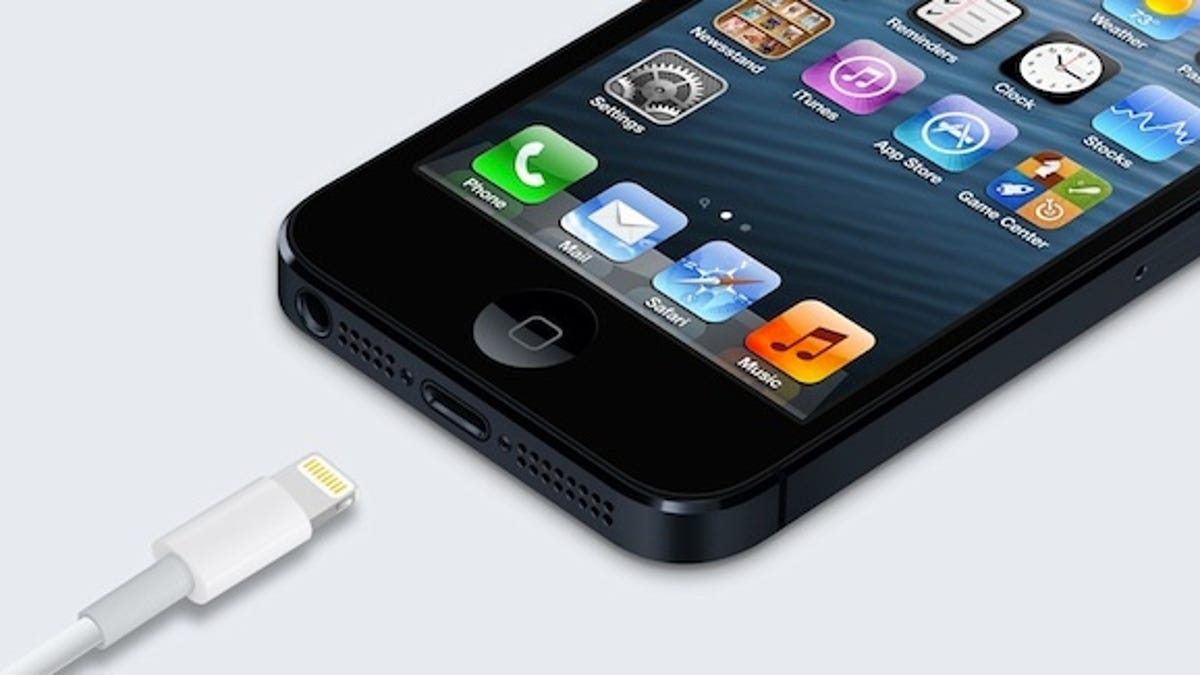Hey, Obama, Romney, there's a lot of U.S. stuff in the iPhone 5
U.S. brands populate the inside of the iPhone. That tends to get overlooked in debates short on nuance.

Apple's iPhone and iPad have emerged as poster children for the outsourcing of American manufacturing jobs.
Can't Apple make the MacBook, iPad, and iPhone in the U.S.? -- was the plea posed as a question by the CNN moderator Tuesday night -- with both Obama and Romney providing answers relatively lacking in nuance.
So, I decided to ask a different question to IHS iSuppli: How of much the stuff inside the iPhone 5 is provided by U.S. companies -- regardless of where it's made. That's a fair question since focusing on where something's made -- though certainly a serious concern -- may tend to diminish other critical competitive issues.
As it turns out, the iPhone 5 has plenty of chips supplied by U.S. companies.
Based on bill of materials' (BOM) costs, Qualcomm silicon, at 11 percent, has the single largest percentage of identifiable silicon, according to iSuppli.
Next up is flash chip supplier SanDisk -- also a U.S. company -- which is tied with Samsung at 9 percent. After that is Elpida, a Japanese company, at 5 percent. But note that Elpida is in the process of being acquired by Boise, Idaho-based Micron Technology -- one of the largest memory chip makers in the world. So, that company may eventually be U.S. owned.
Going further down list, there are U.S. suppliers like Cirrus Logic, Texas Instruments, Skyworks, and Broadcom. And, of course, various Apple-branded chips.
So, there's a lot of silicon in the iPhone 5 coming from U.S. companies. And they of course employ a lot of people in the U.S.
Qualcomm's massive campus in San Diego or Broadcom's campus in Irvine (I have been to both) are just two examples. The two companies combined employ thousands of workers in California alone.
"U.S. companies participate on two levels," said Pat Moorhead, principal analyst at Moor Insights and Strategy. "First of all, on an IP (intellectual property) level and second is the manufacturing. But remember, this is high tech and a lot of the value is based on where intellectual property is."
Qualcomm's wall of wireless patents -- one of the first things you see when you walk into the main reception area on the San Diego campus -- can attest to that.
And manufacturing? That brings us to the iPhone 5's most crucial piece of silicon, Apple's A6 processor, currently made by Samsung.
So, if Samsung makes the A6, it must be made in Asia, right? Not necessarily. Apple's A series chips are made in the U.S. at Samsung's Texas chip plant, according to Moorhead.
And who knows where future Apple A7 or A8 chips will be made? By Taiwan Semiconductor Manufacturing Company (TSMC) in Asia? Or, further down the road, by Intel in the U.S., as it transitions to its world-leading 14-nanometer production?
And what about a company like Qualcomm? TSMC? Or at a U.S.-based foundry like GlobalFoundries' plant in upstate New York?
And, finally, as a footnote, there are a lot of chips and components in the iPhone 5 that simply can't be accurately identified, according to iSuppli. Here's what iSuppli analyst Craig Stice said.
Many of the components will actually get labeled as "unidentifiable". These are components too discrete to really trace back to origin, or are multi-sourced. For example the display. We know who supplies display modules but they are multi-sourced and the display modules are not clearly labeled so [we are] not able identify. NAND Flash and DRAM can be multi-sourced, so while in one sample of a teardown you have supplier "A" NAND or DRAM, in another sample you may have supplier "B" or supplier "C".
And in that list of unidentifiables are U.S. companies like Corning and its Gorilla Glass and smaller silicon providers.

